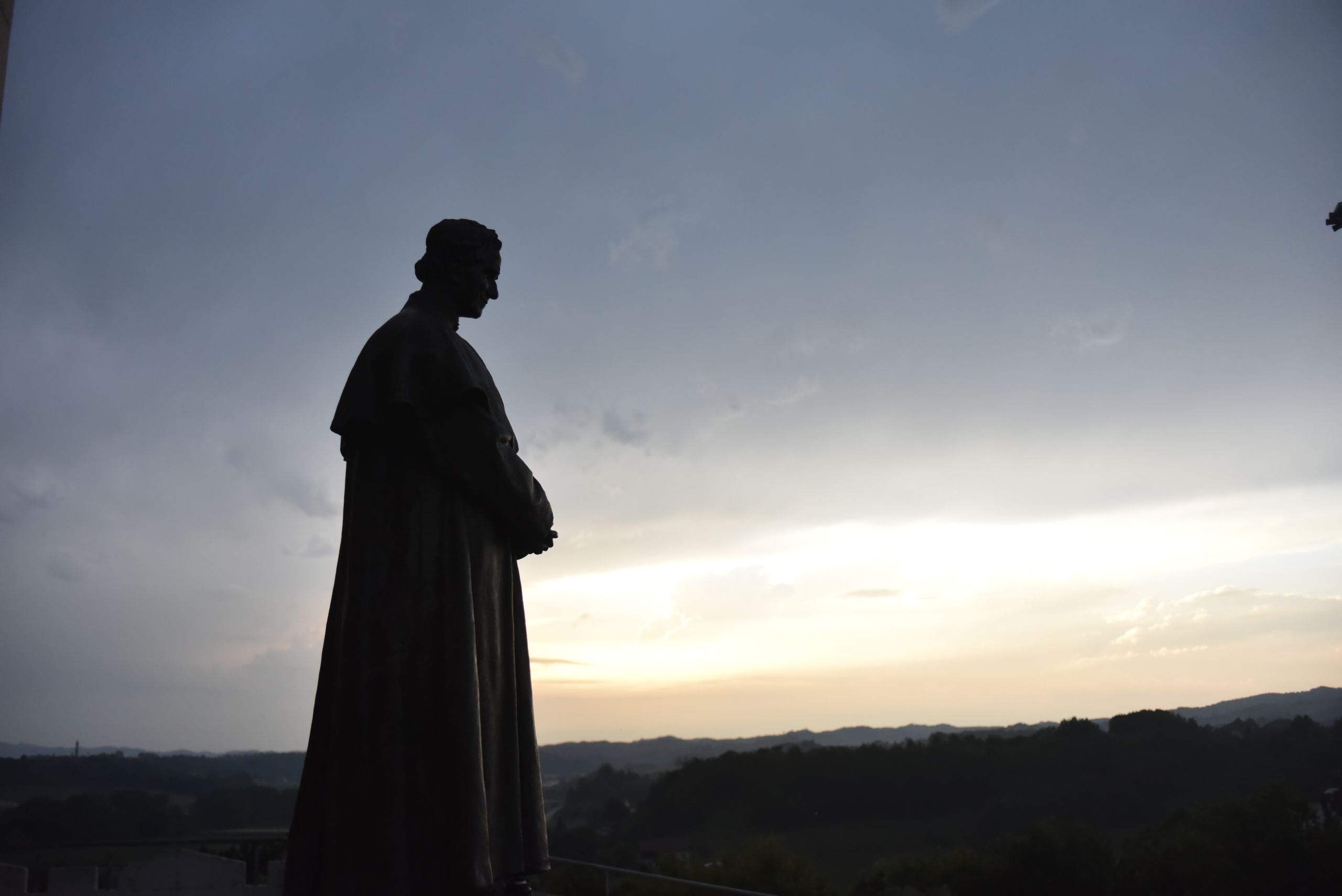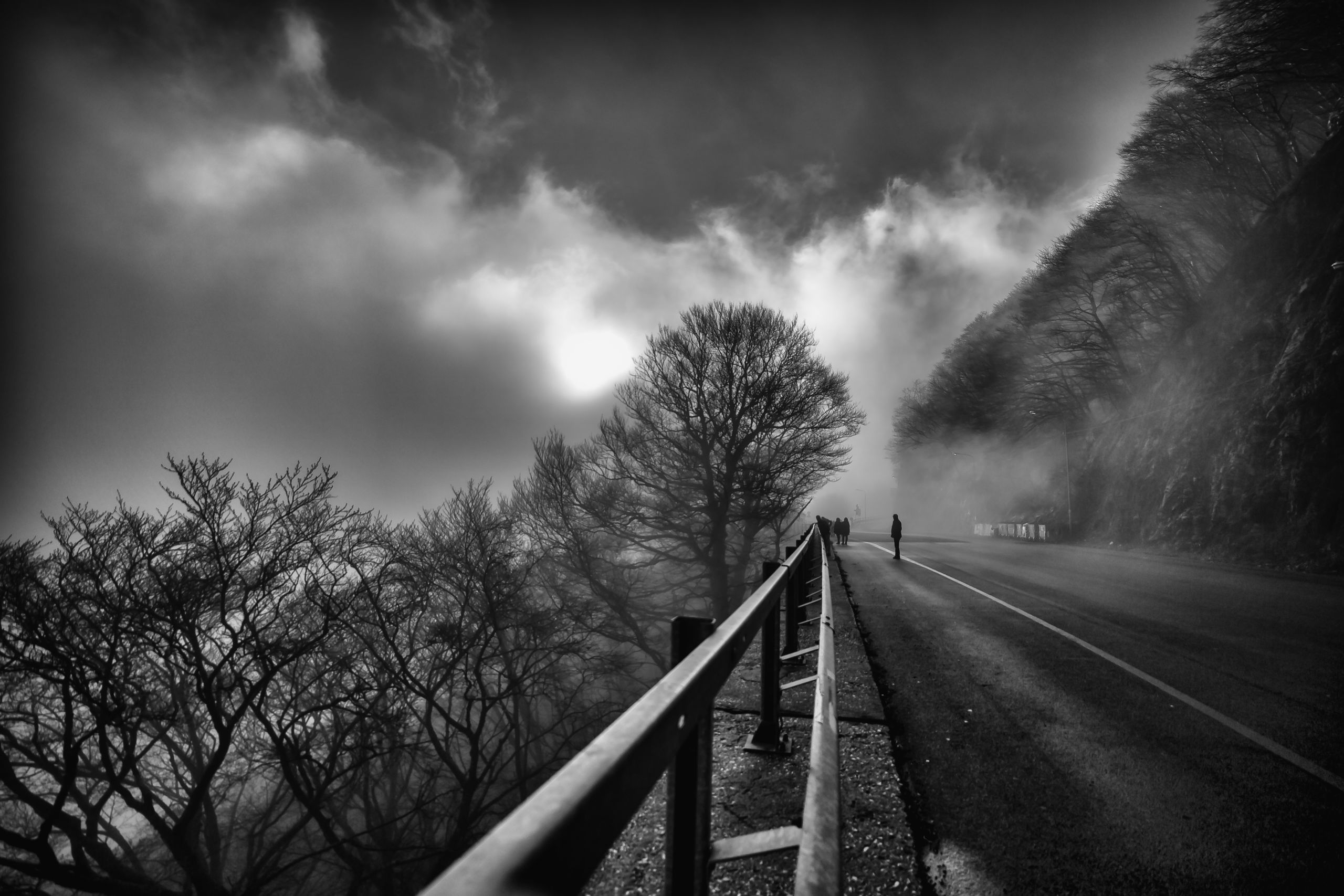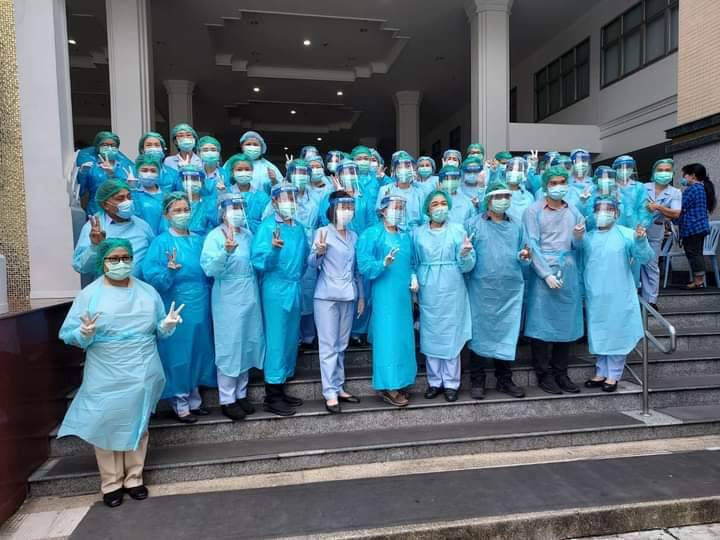Remembering the dead as we await our own ‘transitus’ - Part 2 of 2

This is part two of a two-part reflection on death as it becomes an ever more prominent thought in our lives (the first part can be read here). May these articles help us to confront it in the light of faith.
As a young student of philosophy, hardly two years into religious life, we were taken on a mission exposure tour. In one of the mission stations we visited, we were stunned to see a coffin kept in the bedroom of an elderly Italian missionary.
He did this to remind himself of his death. There have been others in the history of the church who kept reminders of death- replicas of skulls or bones or other mementos to remind themselves of their death.
Among the saints who used the death imagery as part of his pedagogy and faith formation was Don Bosco. He popularized the practice of the Exercise for a Happy Death in his Oratory, and that caught on.
One of Bosco’s admirers was Blessed James Albereone, the founder of the Saint Paul Society and numerous other Orders which form the Pauline Family. He kept on his desk a ceramic skull to remind him of death. We ought to find ways to remind ourselves of our death.
Background photo by jobosco / shutterstock.com
As spiritual writer Françoise Dastur has said: Christianity maintains a paradoxical relation to death: one that is simultaneously a recognition and a denial. The figure of a dying, wounded Christ on the cross places death at the heart of this faith. To live as a Christian is to live in the imminence of death.”
For the many martyrs and saints of the early church as well as monks and mystics down the centuries, death was not a frightening reality, but a welcome guest.
As Francis of Assisi lay dying in a small hut built for him near the chapel of San Damiano where Christ asked him to rebuild the church, he wrote The Canticle of Praise to God for all of creation. In the concluding verse he calls death, ‘Sister’:
“Praised be my Lord, through our sister Bodily Death, from whom no living person can escape.”
The Franciscan spirituality uses the word
‘transitus’
to describe the passing from this mortal life to God. The term has rich paschal overtones. Another symbol frequently used to refer to death was ‘sleep’. We speak of the Dormition of the Virgin Mary. The thought of death as sleep and rest have removed much of the sting from death.
Saint Paul in his letter to the Philippians talks of his dilemma of being torn between the desire to die and be with God, even as he wants to go on with his mission of proclaiming the gospel.
“For to me, to live is Christ and to die is gain. But if I am to live on in the flesh, this will mean fruitful labour for me; and I do not know which to choose. But I am hard-pressed from both directions, having the desire to depart and be with Christ, for that is very much better.”

Though we are absolutely certain of the reality of death, of our own as well as of others, the death of someone dear to us is always painful, more so if it happens suddenly. But for a Christian, death is not an occasion for despair but of hope. As the liturgy reminds us, in death life is changed, not ended:
In him, who rose from the dead,
our hope of resurrection dawned.
The sadness of death gives way
to the bright promise of immortality.
Lord, for your faithful people life is changed, not ended.
When the body of our earthly dwelling lies in death,
we gain an everlasting dwelling place in heaven.
Saint Paul exhorts the Thessalonian Christians to find comfort and strength in the hope that comes from Christ and his resurrection:
For if we believe that Jesus died and rose, so too will God, through Jesus, bring with him those who have fallen asleep. Indeed, we tell you this, on the word of the Lord,cthat we who are alive, who are left until the coming of the Lord,cwill surely not precede those who have fallen asleep.
For the Lord himself, with a word of command, with the voice of an archangel and with the trumpet of God, will come down from heaven, and the dead in Christ will rise first. Then we who are alive, who are left, will be caught up together with them in the clouds to meet the Lord in the air.
Thus, we shall always be with the Lord.
Therefore, console one another with these words.
(1Th. 4:14-18)
But for those who deny the existence of life beyond death, things would be quite different.
Once a pious old lady on seeing the body of an avowed atheist being draped and prepared for the burial, exclaimed in her own simple way: “All dressed up and nowhere to go”.
For most people it is difficult even for a fleeting moment to imagine that death is the end of everything and that there is nothing beyond the grave!
We cannot approach death with rationality.
Even simple, uneducated people who have not studied a treatise on eschatology have their own belief about death and final destiny. Every society has a way of confronting the reality of death. It includes moments of mourning and remembrance, memorials, wakes and other ceremonies. It is enough to visit a Christian cemetery of the Faithful or a war cemetery for soldiers who fought for the country, to remind ourselves that the dead are not forgotten.
There are people who can approach death with utmost calmness and serenity.
They are able to welcome death without any shadow of fear or despair.
Once a young newspaper boy in the streets of Turin announced the headline, “Don Bosco is dead”. It was a ploy to boost his sales. When Bosco was told of this he is said to have remarked:
“There is nothing to worry as long as one hears of one’s death from the newspaper”.
Mark Twain, the famous humorist and author became the victim of a rumour about his own death. In 1897, an English journalist from the New York Journal contacted Twain to inquire whether the rumors that he was gravely ill or already dead were indeed true. Twain wrote a response in which he said:
“The report of my death was an exaggeration.”
A teenager suffering from leukemia was in the final stages of his life according to his doctors. He was being prepared for death by his family. While talking about death, he seemed restless. When people tried to calm him, he said,
“I am afraid to die, because I have never died before.”
Well, none of us can claim that we have had an experience of death. At best some may have gone through near death experiences. For most people there will be no premonition, let alone a rehearsal.
But by strengthening our faith and by looking in the eyes of death with hope, we can conquer fear. We can reduce our anxiety about our own or other’s death.
Memento morti can help us walk with greater calmness towards that moment. Death will no longer scare us, rather we will find the calmness and strength to embrace death with serenity because we know that it is the best way to be in the embrace of God, to receive the kiss of immortality.
Fr Franz Josef Eilers svd, my predecessor in the FABC Office of Social Communication, who died in January this year, has a quotation from Jesuit priest Guido Arguelles’s book, Shafts of Light fixed on his chapel glass where I now pray. It reads:
“In life, I try to walk in God’s presence. After Death God walks with me by his presence.”
As we live in the memory of our dear ones who have died, let us await in hope our own transitus as fixed by the Lord.
Father George Plathottam, SDB, is executive secretary of the Office of Social Communication of the Federation of Asian Bishops Conferences. To read more of his articles click here.
Published June 20, 2021
© Copyright MMXXI LiCAS.news

Thailand has recently been reporting about 2,000 new cases a day, often with double-digit deaths in the third and worst mass outbreak since the pandemic started.
The South East Asian country had previously managed to control the spread of the virus by closing its borders to almost all travelers and imposing lengthy mandatory quarantines as entry requirement.
To date, Thailand has reportedly vaccinated only 2% of its almost 70 million population.

Medical personnel at the COVID-19 vaccination center hosted by the Holy Redeemer Church (Photo by Holy Redeemer Church, Bangkok)
Medical personnel at the COVID-19 vaccination center hosted by the Holy Redeemer Church (Photo by Holy Redeemer Church, Bangkok)
Published May 8, 2021
© Copyright MMXXI LiCAS.news
